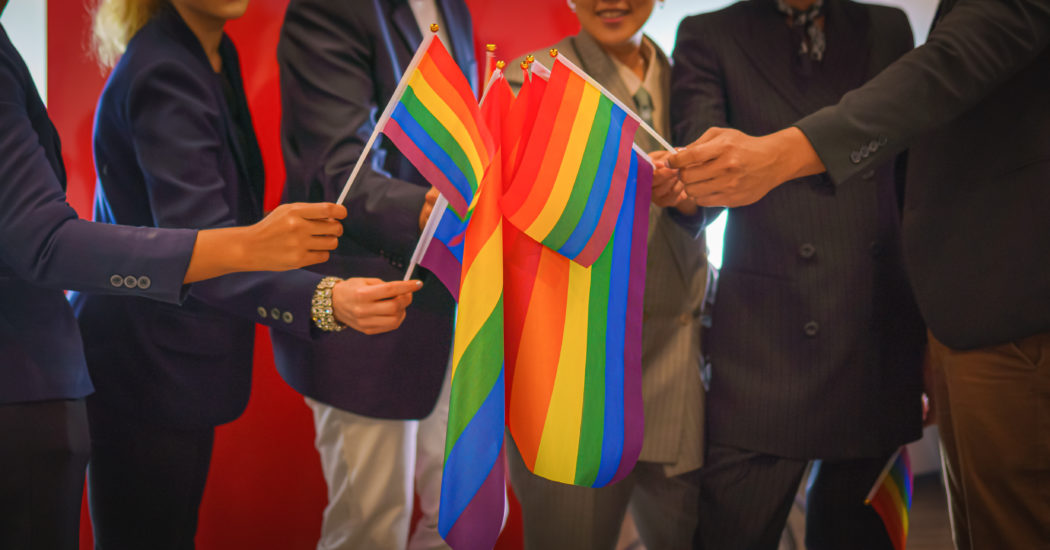The Strong Interest Inventory assessment: Using Career Assessments in the LGBTQ Community
Happy Pride Month!
The Strong Interest Inventory assessment: Using Career Assessments in the LGBTQ Community
The Strong Interest Inventory assessment has been a widely used career placement tool for many years. It was first introduced in 1927, undergoing a major renovation in the 1980s and again in the early 2000s. In 2012, new data was gathered to provide assessment recipients more recent information developed for technological advances for them to consider during their career exploration process. However, some still question the adjustments made to this assessment in order to consider gender specific roles in the workplace and provide careers to further accommodate the LGBTQ community. This is due to the forced selection of male or female when beginning to take the assessment. Additionally, after the assessment has been completed, results will populate careers based on gender specific scales. How can a person who identifies as neither male or female make this selection? How can a child who may have been born female and now identifies as a male and whose parents do not accept their identification agree on this selection when this assessment is given to them by their parents? These questions hold value in our ever changing society.

Using the Strong Interest Inventory with LGBTQ populations
The publisher of the Strong Interest Inventory has gone to great lengths to ensure the assessment is keeping up with these changes. They consistently are gathering data in order to ensure reliability coefficients and correlations among the scales are reported. They have sampled selections from lesbian, gay, bisexual, transgender, and queer populations in order to determine consistencies. In 2014, an organization called OUT for Work, assisted with this research by targeting participants for a study based on demographic samples regarding sexuality and gender identification. This organization “functions as a complimentary component in the total educational experience of LGBT students, primarily in the development, evaluation, initiation and implementation of career plans and opportunities. They have programs, resources, and services providing assistance to students in the cultivation and enhancement of skills to explore career options, master search techniques and strategies and research employment opportunities.”( Out for work, 2021) The result of this study showed consistency among the intercorrelations among the General Occupational Themes. This portion of the Strong Interest Inventory reporting refers to an individual’s attitude toward broad interest patterns. Also, little variation was found in the Occupational Scales and Learning Environment scores as well. The Occupational Scales refer to the identification of specific occupations based on the relation to interests.
It is common for individuals in the LGBTQ community or those who identify as a gender other than their born sex assignment to request access to both the male and female versions of their Strong Interest Inventory report. It is of no additional cost to do so and the benefit of having both reports can be very useful for anyone, regardless of their sexual orientation or gender identification, when on their important career exploration path.
References:
“Out for Work.” Out For Work, www.outforwork.org/. (2021)
Schaubhut, N., & Thompson, R. (2016). Technical Brief for the STRONG INTEREST INVENTORY ASSESSMENT: Using the Strong with LGBT Populations (pp. 1–19) [Review of Technical Brief for the STRONG INTEREST INVENTORY ASSESSMENT: Using the Strong with LGBT Populations]. CPP.
